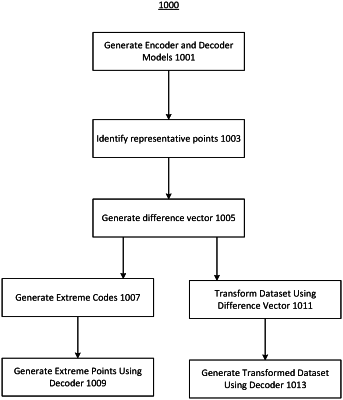| CPC G06F 21/6254 (2013.01) [G06F 8/71 (2013.01); G06F 9/54 (2013.01); G06F 9/541 (2013.01); G06F 9/547 (2013.01); G06F 11/3608 (2013.01); G06F 11/3628 (2013.01); G06F 11/3636 (2013.01); G06F 16/2237 (2019.01); G06F 16/2264 (2019.01); G06F 16/248 (2019.01); G06F 16/2423 (2019.01); G06F 16/24568 (2019.01); G06F 16/254 (2019.01); G06F 16/258 (2019.01); G06F 16/283 (2019.01); G06F 16/285 (2019.01); G06F 16/288 (2019.01); G06F 16/335 (2019.01); G06F 16/906 (2019.01); G06F 16/9038 (2019.01); G06F 16/90332 (2019.01); G06F 16/90335 (2019.01); G06F 16/93 (2019.01); G06F 17/15 (2013.01); G06F 17/16 (2013.01); G06F 17/18 (2013.01); G06F 18/213 (2023.01); G06F 18/214 (2023.01); G06F 18/217 (2023.01); G06F 18/2115 (2023.01); G06F 18/2148 (2023.01); G06F 18/2193 (2023.01); G06F 18/22 (2023.01); G06F 18/23 (2023.01); G06F 18/24 (2023.01); G06F 18/2411 (2023.01); G06F 18/2415 (2023.01); G06F 18/285 (2023.01); G06F 18/40 (2023.01); G06F 21/552 (2013.01); G06F 21/60 (2013.01); G06F 21/6245 (2013.01); G06F 30/20 (2020.01); G06F 40/117 (2020.01); G06F 40/166 (2020.01); G06F 40/20 (2020.01); G06N 3/04 (2013.01); G06N 3/044 (2023.01); G06N 3/045 (2023.01); G06N 3/06 (2013.01); G06N 3/088 (2013.01); G06N 5/00 (2013.01); G06N 5/02 (2013.01); G06N 5/04 (2013.01); G06N 7/00 (2013.01); G06N 7/01 (2023.01); G06N 20/00 (2019.01); G06Q 10/04 (2013.01); G06T 7/194 (2017.01); G06T 7/246 (2017.01); G06T 7/248 (2017.01); G06T 7/254 (2017.01); G06T 11/001 (2013.01); G06V 10/768 (2022.01); G06V 10/993 (2022.01); G06V 30/194 (2022.01); G06V 30/1985 (2022.01); H04L 63/1416 (2013.01); H04L 63/1491 (2013.01); H04L 67/306 (2013.01); H04L 67/34 (2013.01); H04N 21/23412 (2013.01); H04N 21/8153 (2013.01); G06T 2207/10016 (2013.01); G06T 2207/20081 (2013.01); G06T 2207/20084 (2013.01)] | 19 Claims |

|
1. A method for generating data models, comprising:
receiving, by a model optimizer from an interface, a data model generation request;
provisioning, by the model optimizer, computing resources with a data model;
generating, by a dataset generator, a synthetic dataset for training the data model using a generative network, wherein the generative network comprises a decoder network configured to generate decoder output data in a sample space having a first dimensionality from decoder input data in a code space, wherein generating the synthetic dataset for training the data model comprises:
identifying a first point and a second point in the sample space,
generating a first representative point and a second representative point in the code space using the first point, the second point, and an encoder network corresponding to the decoder network,
determining a vector connecting the first representative point and the second representative point,
generating an extreme point in the code space by sampling the code space along an extension of the vector beyond the second representative point, and
converting the extreme point in the code space into the sample space using the decoder network;
training, by the computing resources, the data model using the synthetic dataset; and
processing production data using the data model.
|